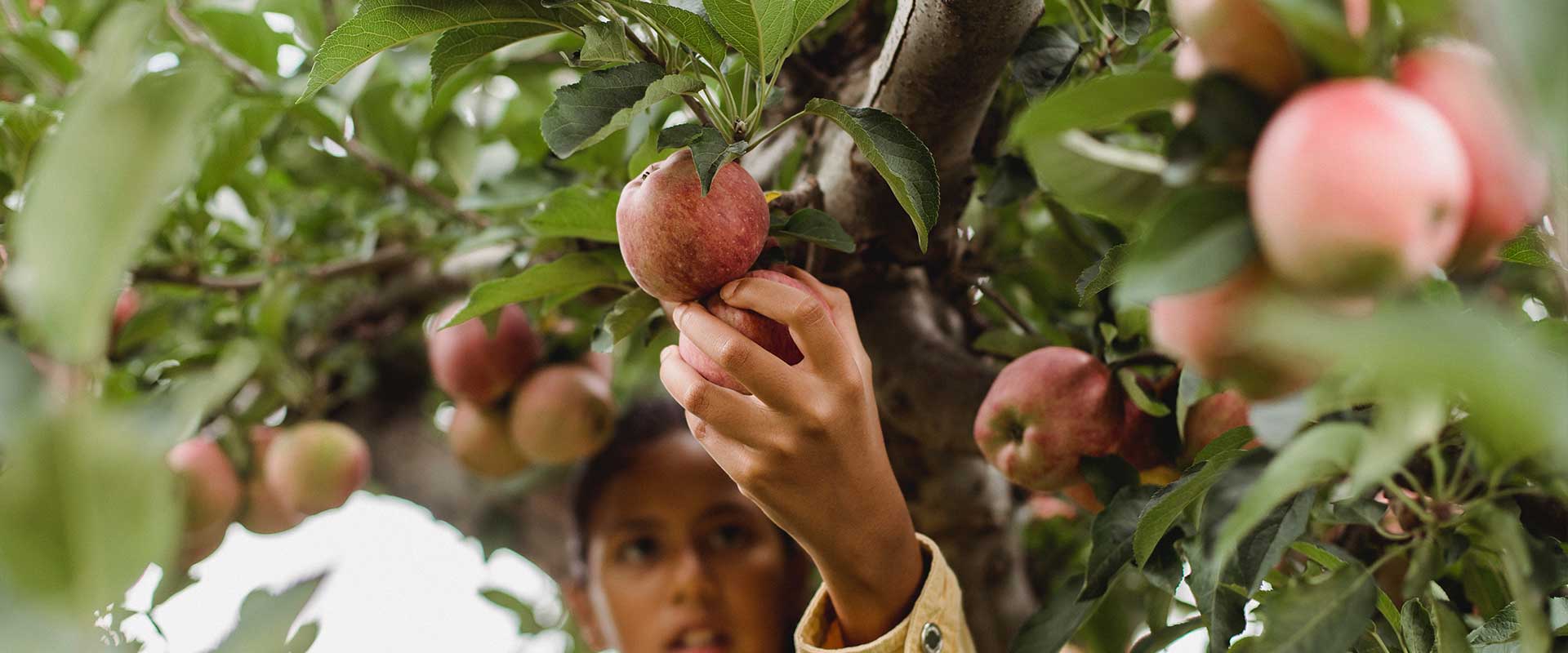Regenerative Agriculture: Biodiversity and Animal Welfare
November 2021
The 3rd webinar in a series of 5 about regenerative agriculture in New Zealand, held on 9 November 2021. Speakers: Geoff Ross (Lake Hawea Station), Professor David Norton (University of Canterbury), Professor Pablo Gregorini (Lincoln University), Dr Melanie Davidson (Plant & Food Research).
This webinar discussed 3 reports that outline the possible effects of regenerative farming on animals big and small, and ways to measure these impacts.
How can native biodiversity be included within the context of a regenerative agriculture farming system – and what role does biodiversity have as indicator of improved outcomes? These two questions are explored in this webinar, along with principles for implementing biodiversity conservation on regenerative farms in Aotearoa New Zealand.
Speakers also take a look at how terrestrial macrofauna invertebrates can be used as indicators of agricultural land management practices. It has been found that terrestrial invertebrate community assessments can provide valuable evidence of how land management practices impact biodiversity, and ecosystem function and services. The focus on macrofauna includes insects, spiders, earthworms and millipedes – all of which are sensitive to environmental disturbances.
Animal welfare is a complicated and emotive subject – tune in to hear about various ways in which animal welfare can be assessed in New Zealand pastoral farms and the key animal welfare questions raised in the context of regenerative agriculture.
Read a summary of the 3 reports and find links to the reports here: https://staging.ourlandandwater.nz/news/regenerative-farming-is-likely-to-increase-native-biodiversity/ Find all webinars in the series, plus short audiograms, here: https://vimeo.com/showcase/8962469
Source: Native biodiversity and regenerative agriculture in New Zealand (Norton, 2021)
Tracking animal welfare in New Zealand pastoral farms (Gregorini et al, 2021)
Terrestrial macrofauna invertebrates as indicators of agricultural land management practices (Davidson et al, 2021)
 View Our Strategy Document 2019 – 2024
View Our Strategy Document 2019 – 2024



